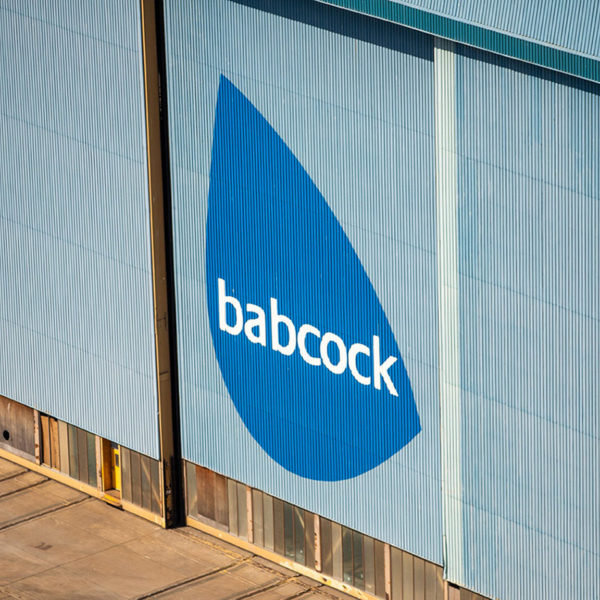25 6月 2017
Nation’s flagship takes to the sea for the first time

History was made today as HMS Queen Elizabeth, the first QE Class aircraft carrier, set sail from Rosyth to commence first stage sea trials off the north-east of Scotland.
Defence Secretary Sir Michael Fallon said:
“This is a historic moment for the UK as our new aircraft carrier takes to sea for the very first time. This floating fortress is by far the most powerful ship ever built in Britain that will enable us to tackle multiple and changing threats across the globe.
“HMS Queen Elizabeth is an enduring example of British imagination, ingenuity, invention that will help keep us safe for decades to come. She is built by the best, crewed by the best and will deliver for Britain.
“For the next fifty years she will deploy around the world, demonstrating British power and our commitment to confronting the emerging challenges from a dangerous world. The whole country can be proud of this national achievement. ”
Three years after she was officially named by Her Majesty The Queen, the Nation’s future flagship will spend an initial period of around six weeks at sea to test the fundamentals of the ship. The sea trials will monitor speed, manoeuvrability, power and propulsion as well as undertaking weapons trials and additional tests on her levels of readiness.
Following this initial period, HMS Queen Elizabeth will return to Rosyth for further testing and maintenance before heading back to sea for a second stage which aims to test her Mission Systems. She will transit to her home port of Portsmouth Naval Base to be handed over to the Royal Navy later this year.
Admiral Sir Philip Jones First Sea Lord and Chief of Naval Staff said:
“This is a hugely significant moment for the Royal Navy, for all our Armed Forces and for our island nation. Once in service HMS Queen Elizabeth will be the largest aircraft carrier in the world outside the United States, and the first designed from the outset to operate a fifth generation aircraft.
“Already this ship represents the best of the UK’s industrial and engineering expertise, and once in service she will symbolise our military power and authority in the world for decades to come. There is still much work to do between now and then, but be in no doubt: a new era of British maritime power is about to begin.”
HMS Queen Elizabeth is the largest and most powerful warship ever constructed for the Royal Navy. The ship will operate with a crew of approximately 700, increasing to the full complement of 1,600 when aircraft are in operation. The Ship’s Company moved on board earlier this month. Working alongside industry colleagues, they have been familiarising themselves with the new ship and the high tech systems on board as well as undergoing training.
Jon Pearson, Ship Delivery Director HMS QUEEN ELIZABETH said:
“The QE Class programme demonstrates our pride and commitment to deliver these highly capable aircraft carriers to the Royal Navy.
“The departure of HMS Queen Elizabeth marks an exciting stage in the programme and is the first real opportunity to put the carrier’s outstanding capability to the test, demonstrating the best of British engineering and manufacturing.”
HMS Queen Elizabeth’s sister ship, HMS Prince of Wales is structurally complete and is currently in the outfitting phase of her programme. The Class will be the centrepiece of Britain’s maritime capability. Each aircraft carrier, coupled with the F-35B Lightning aircraft, will form an integral part of the UK’s Carrier Strike capability. The vessels will transform the UK’s ability to project power around the World, whether independently or working closely with our allies, on operations ranging from high intensity warfighting to providing humanitarian aid and disaster relief.
The aircraft carriers HMS QUEEN ELIZABETH and HMS PRINCE OF WALES are being delivered by the Aircraft Carrier Alliance, a unique partnering relationship between BAE Systems, Thales UK, Babcock and the Ministry of Defence.
A national endeavour, at its peak the programme directly employed 10,000 people across six build yards. While manufacturing and commissioning is now solely focused in Rosyth, the skilled and diverse workforce is sourced from across the country.
Key Facts:
· Each carrier weighs 65,000 tonnes
· Each carrier is 280 metres in length
· Top speed is upwards of 25 knots
· The carriers will have a crew complement of c.700, increasing to c.1,600 when a full complement of 36 F-35B aircraft and four Crowsnest helicopters are embarked
· The flight deck is 70 metres wide and 280 metres long – enough space for three football pitches
· Each carrier keeps 45 days’ worth of food in its stores.
· Each carrier is made up of 17 million parts
· There are 364,000 metres of pipes inside each of the Ships
· 51 million hours have been spent designing and building the Queen Elizabeth Class.
· The entire Ship’s Company can be served a meal within 90 minutes, 45 minutes when at action station
· The QE Class aircraft carriers are the first Royal Navy vessels to have piped oxygen within the medical complex
Key efficiencies include:
· Highly mechanised weapons handling system: At the push of a button pallets of munitions can be moved from the magazines deep in the weapons preparation area to the flight deck where they can be loaded onto aircraft.
· Storage: The location and design of the storage facilities enable 20 people only half a day to replenish the ship’s stores.
· Visual surveillance system: 220 cameras allow monitoring of engine and machinery spaces, external catwalk, aircraft hangars, ship entrances and access to classified areas.
· Galley: Technologically advanced equipment and layout of the galley makes maintenance and service more efficient. The entire crew can be served meals in 90 minutes and 45 minute when at action stations.